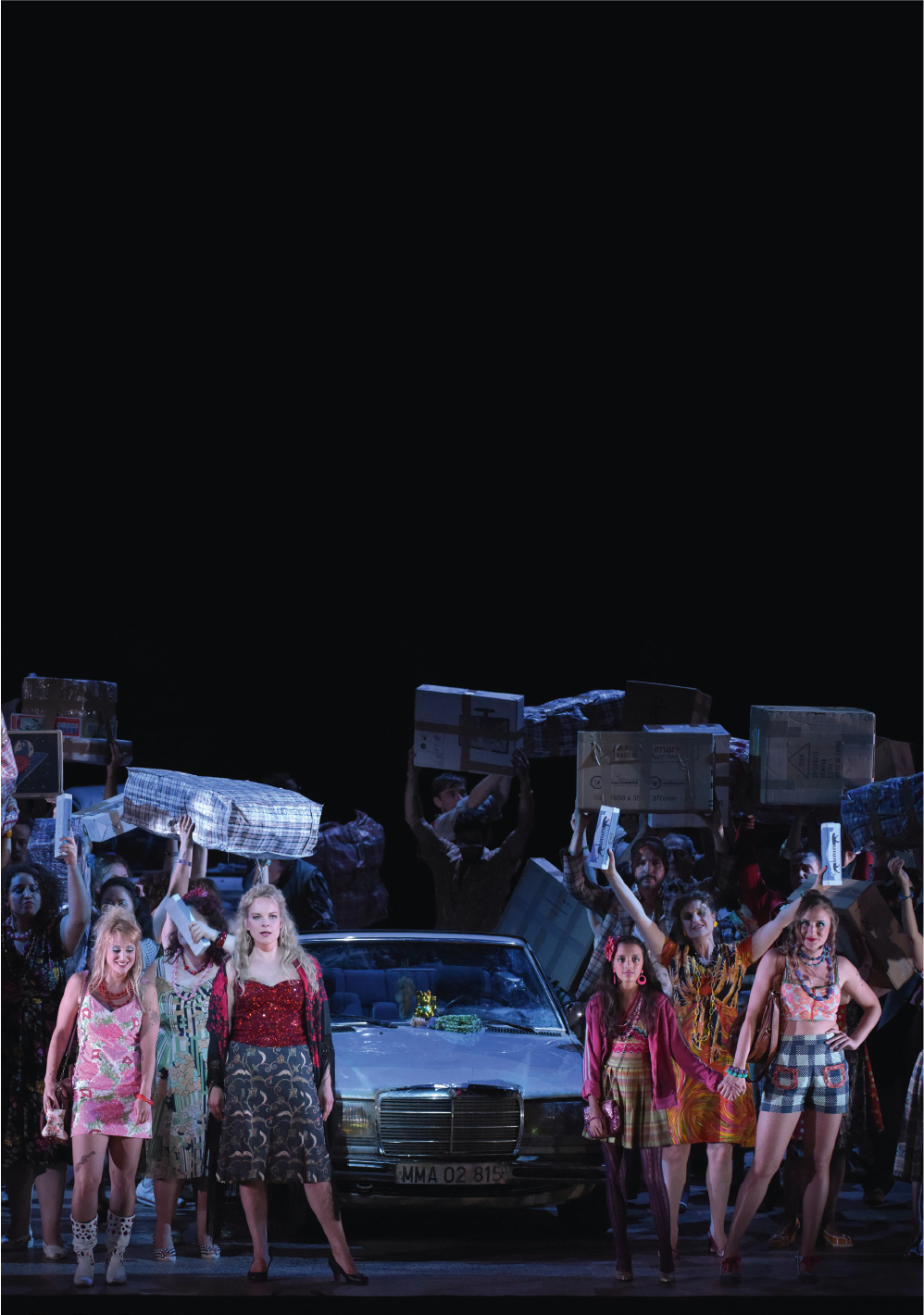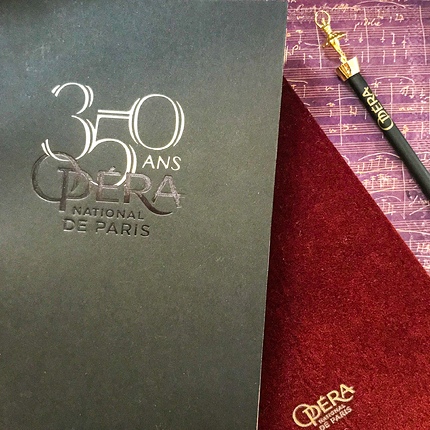Which is more important in opera – the words or the music? The story of Capriccio is based on this question: an age-old chestnut for opera lovers, but one as hotly-debated as ever between the composer Flamand and the poet Olivier. But here the discussion is shared by a third man: stage director Robert Carsen, whose task is to move beyond this tussle to express his own vision of Strauss's opera. A profile of this artist of the operatic world, many of whose productions have become mainstays of the Paris Opera repertory.
"The audience discover that the singers are in the process of playing in a show; it's a Pirandello-like work within a work. And this is the greatest challenge – but also the great pleasure – for the stage director. The debate between musician and poet becomes almost secondary."
Robert Carsen
In the Countess's sitting room, the characters are discussing the subject of the opera to be written by the poet Olivier and the musician Flamand, combining their arts. The Count – who is far more interested in women and horses than music or poetry – impulsively says, like a child who sees everything clearly: "Why not write down the events we have been living today, and turn them into an opera?" Robert Carsen considers this phrase, despite its naiveté, one of the most important in Capriccio. And for good reason, because it gives the audience an experience of the theatre.
Theatre within theatre
An unprecedented event: the conventional reality of the theatre – the one in which the performers are the characters – suddenly breaks up into several realities all woven together, where it is impossible to decide between them. The audience wonder what they are seeing. Is it this opera within an opera the Count is talking about? Maybe. But is it still Strauss's Capriccio? Certainly. So, are they playing the characters of Capriccio, or those of this opera within an opera? And if the latter, are we still looking at Capriccio? How can we tell which reality to situate ourselves in?
The Count's words open up endless, sometimes dizzying prospects for theatre within theatre, which Carsen loves to explore more than any other opera director. A decided heir to Pirandello, he thinks in terms of the theatre and seeks it onstage, sometimes to the point of actually demonstrating it. When questioned about Capriccio, he cites Six Characters in Search of an Author, a fake improvised rehearsal by a theatre troupe, and Così è (se vi pare), whose end is deeply symbolic of the huge questions about truth that haunt the entire history of theatre within theatre.
Neither Olivier nor Flamand
In Capriccio, Carsen is neither the poet Olivier nor the musician Flamand. He is the stage director whom Karl Krauss and Richard Strauss, too absorbed by their own muses, reduced to "the Director" without seeing that he is far more than that: the person who, in a production, is the third author of an opera. They were so unaware of the arrival of the modern stage director claiming the status of author that they did not appreciate the rising power of this new artisan in Europe's operatic world. The increasingly important place of the repertory, which includes works created ever-longer ago, leads us to question the works' meaning in the present day and seek new interpretations of them that reflect topical issues.
As a result, the stage director – in opera and theatre alike – very often has the last word, rather than the authors of the original work. When Carsen decided that the action of Capriccio does not take place in the Countess's sitting room during the 1780s, as indicated in the libretto, but in the Countess's private theatre in 1942, he imposed an a posteriori interpretation on the authors. And this is the breeding-ground for contemporary debates about staging – how far can you legitimately go in a reinterpretation? In opera, this raises questions on the score's sacred status. But Carsen has the intelligence to express through his own language what the authors were unable to say in theirs at the time, without ever changing either music or text.
Stage director
Born in Canada, where he grew up in Toronto in a middle-class family, Carsen discovered opera through his parents. At the age of barely 10, he told them he loved the theatre because he didn't have to go to bed early on performance evenings: he preferred going out. As time went by, however, he became more involved. This initial desire to remain awake, which rapidly grew into a desire to experience everything, led him towards acting as he approached adulthood. So he crossed the Atlantic to study at the Bristol Old Vic School. And this is where one of his teachers made him aware of his true vocation: "You’re a director." This phrase, which he initially took to mean that he was a bad actor, is still etched on his memory today.
And he constantly wondered "why a director?" Today, he has the answer: "I love playing with space and time." With space and time? With music and theatre. In opera, all his work can be seen as a celebration of the theatre by the theatre. Many of his productions illustrate this love for his art, with powerful images every time. In Capriccio, the final appearance of the Palais Garnier's Foyer de la Danse, used as a natural set to emphasise the experience of the theatre promised by the text, always produces tangible excitement in the auditorium. Because Carsen, often described as cerebral, is above all an entertainer. While he explores the meaning of a work, he also seeks to share it – to stage it.
Involving the audience
Spotted by Hugues Gall, who later commissioned this Capriccio from him, he staged his first opera in 1988 in Geneva. An unobtrusive workaholic, simultaneously unconventional and meticulous (and sometimes obsessive), he has staged twelve productions for the Paris Opera, seven of which still feature in the repertory as well as Capriccio: I Capuleti e i Montecchi, Alcina, The Tales of Hoffmann, Rusalka, Tannhäuser, Elektra and The Magic Flute. Carsen has developed his personal language with every new production. Just as Strauss's music is instantly recognisable, it takes a single glance to recognise one of his shows. His operas within operas, which draw audiences in by placing them in an introspective position, have become characteristic of his style.
In The Tales of Hoffmann (Opéra Bastille, 1999), Robert Carsen exploits the hero's dual position as narrator and protagonist to turn the three stories of the poet's loves into an immense theatre within the theatre, which you watch as though it is your own memory. Along the same lines, his Don Giovanni (La Scala, 2011) opens with a Don Giovanni who appears as a representation of each one of us: he runs through the stalls, jumps up onto the stage and tears down the curtain, revealing a gigantic mirror in which the audience can study themselves at length. This theatre within theatre – because he encourages the audience to question themselves beyond mere identification – is one of Carsen's tools for disturbing and moving his viewers.
Artisan of the space
The stage designer of his shows, Robert Carsen uses the stage effectively to transmit the meaning he unearths in a piece. As the architect of this space, he takes his audience on a journey, moving them forward through the world he proposes. He makes play with the eye, regularly redefining scales and viewpoints. Mirror effects and reflections serve his version of Rusalka (Opéra Bastille, 2002): the beautiful water nymph is torn between the world of her own people and that of humans, separated by the surface of the lake, and between the world of dream and fantasy and that of reality, separated by a mirror. With this production, as with others, it is not uncommon for audiences to applaud when the curtain goes up.
Carsen has imported cinema effects that are now part of his personal vocabulary. An enthusiast of the zoom, he makes certain objects into crossing-points between imaginary worlds, without being unsubtle or heavily symbolic about it. The production of A Midsummer Night’s Dream (Aix-en-Provence Festival, 1991), which made his name in France, opens onto a giant bed representing the forest where the action takes place. The trees are two outsize pillows in which the characters go to sleep. This is where Puck comes to sprinkle the juice from his magic flower. Yet again, there is play on the dream state, halfway between reality and fiction, consciousness and unconsciousness, which envelopes the audience as well. Does Bottom really have an ass's head – or is it only theatre?
This constant challenging of reality permeates Carsen's entire theatrical world: "What touches me the most is that nothing of all this is real: it's just a piece of theatre," he says. But a piece of theatre which, like a dream, offers a life within a life. Robert Carsen, a stage director of the theatre, gives substance to this magical fragility, this unlikely power exerted by the theatre. By using the force of his mind and his boundless inventiveness on stage to express the meaning of an opera, he demonstrates with every new creation that it involves not only an art of time – that of poetry and music – but also an art of space: that of the theatre. Olivier, Flamand – and Robert Carsen…
Emmanuel Quinchez is a former student of Sciences-Po and the École Normale Supérieure with a degree in contemporary philosophy, he founded Miroirs Etendus, an organization dedicated to the creation of modern-day operas. In addition to his work as a producer, he collaborates regularly with various opera houses (the Paris Opera, the Opéra-Comique, and the Lille Opera).






















































